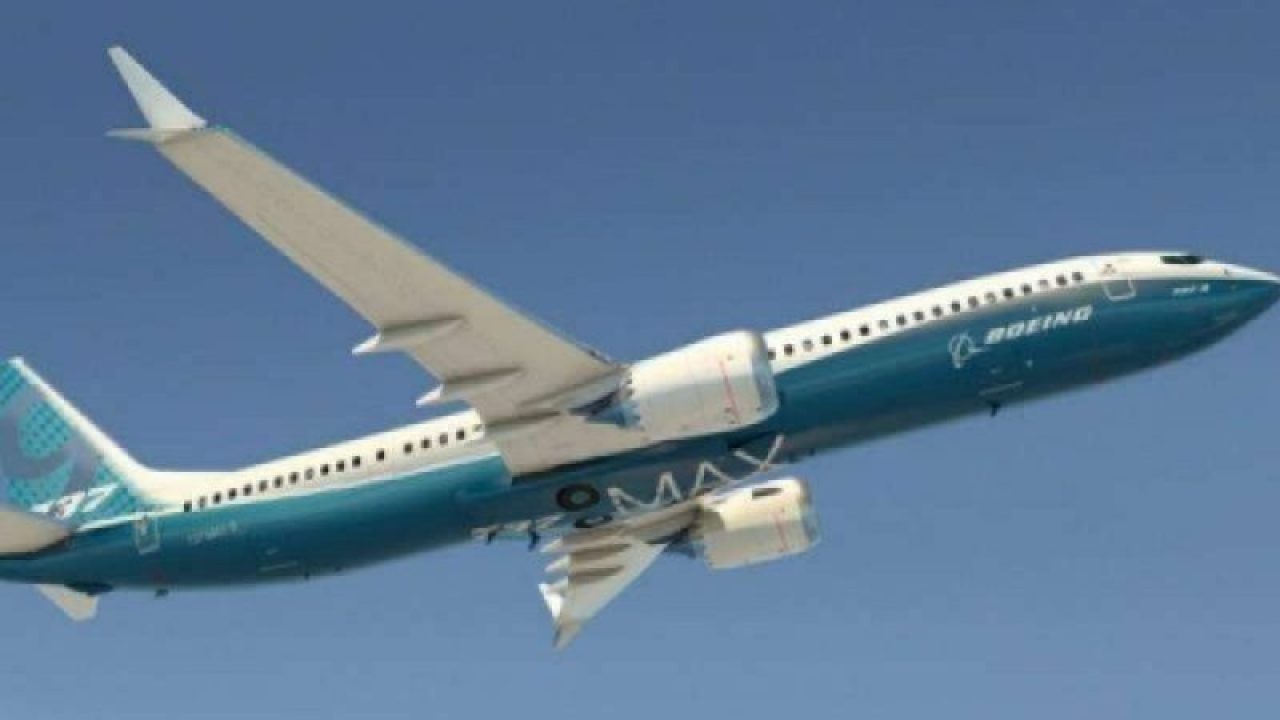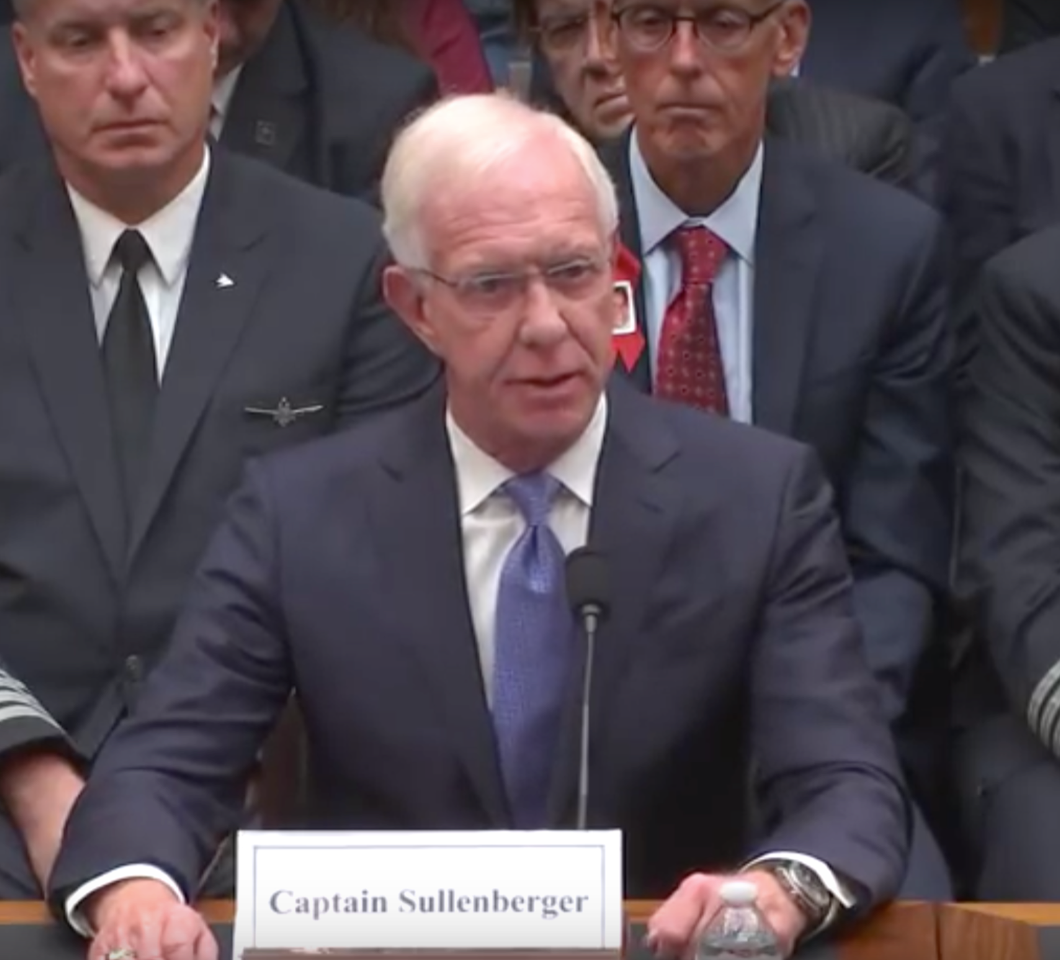Blog: U.S. Aviation Hero Slams MCAS
Article By : George Leopold

The aviation hero endorses the notion that software has come between pilot and machine.
The aviation hero endorses the notion that software has come between pilot and machine.
The nation’s most respected airline pilot described in excruciating detail the fatal design flaws in Boeing Co.’s 737 Max aircraft during congressional testimony on the separate 737 Max crashes that killed 346 people, and the status of a proposed software fix.
Captain Chesley B. “Sully” Sullenberger III’s testimony amounted to a litany of design and engineering miscalculations that failed to account for safety and reliability, specifically with regard to the software system at the center of the crash investigations: the Maneuvering Characteristics Augmentation System, or MCAS.
“These crashes are demonstrable evidence that our current system of aircraft design and certification has failed us,” Sullenberger told the House Transportation aviation subcommittee. “In adding MCAS, Boeing added a computer-controlled feature to a human-controlled airplane but without also adding to it the integrity, reliability and redundancy that a computer-controlled system requires.”
“Boeing designers also gave MCAS too much authority, meaning that they allowed it to autonomously move the horizontal stabilizer to the full nose-down limit.” The result was what Sullenberger called a “runaway trim situation.”
Sullenberger would know, having disclosed to the panel that he has flown the Boeing 737 Max simulator, including the fatal flight profiles of the October 2018 Lion Air and March 2019 Ethiopia Airlines crashes. Those simulations revealed the single point of failure designed into the 737 Max, a reality that Boeing executives continue to dismiss — vehemently. Both aircraft had only one angle-of-attack (AoA) sensor used to measure the angle between the wings and the direction of flight.

“Sully” Sullenberger before the House Transportation
aviation subcommittee on June 21, 2019.
Sullenberger reported that the recreations of the crashes showed that a failed AoA sensor simultaneously generated a false “stick-shaker” (too slow) and “clacker” (too fast) warnings. “Even knowing what was going to happen, I could see how crews could have run out of time and altitude before they could have solved the problems,” he testified.
Making matters worse, the former US Airways pilot confirmed that Boeing failed to disclose the existence — much less the operation — of MCAS to pilots who would fly the aircraft. “It is clear that the original version of MCAS was fatally flawed and should never have been approved.”
“The huge error of omission is that Boeing failed to disclose the existence of MCAS to the pilot community,” confirmed Captain Daniel Carey, an American Airlines pilot and president of the Allied Pilots Association. “The final fatal mistake was, therefore, the absence of robust pilot training in the event that the MCAS failed.”
Among the remedies, Sullenberger added, is additional full-up flight simulator training, an expense that Boeing executives sought to avoid in certifying the 737 Max as merely an upgrade of its flagship aircraft. That, Sullenberger added, is the only way pilots could develop the “muscle memory” required to fly the 737 Max. “Reading about it on an iPad is not even close to sufficient; pilots must experience it physically, firsthand.”
The congressional testimony of experienced pilots — including an aviator who faced an unprecedented takeoff emergency and survived along with all of his 154 passengers and crew — raised fundamental questions about how U.S. regulators are certifying aircraft. In discounting the possibility of pilot error in both crashes, Sullenburger provided congressional investigators with a series of hard questions about Boeing’s role in the two crashes in the space of five months, something Sullenberger noted “is unprecedented in modern aviation history.”
Along with the failures of Boeing executives and government regulators, Sullenburger asked: Were the crashes a failure of engineering?
If so, he, concluded, “Top project engineers of aircraft manufacturers must also be pilots.”
In the days following the House hearing, what some aviation safety experts view as a most definitive inside account of the Boeing 737 Max saga focusing on the origins and concealment of the MCAS was published by the Seattle Times. Among other things, the June 21 story by veteran aviation reporter Dominic Gates demonstrates that Boeing engineers with first-hand knowledge of the MCAS design are beginning to speak out — perhaps as a way of easing guilty consciences.
Subscribe to Newsletter
Test Qr code text s ss


